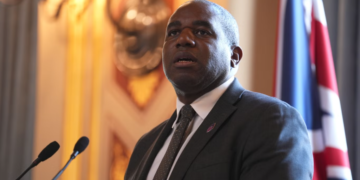Dec 3, 2024 Story by: Publisher
A recent study has highlighted a troubling disparity in workplace sexual harassment, revealing that Black women face higher rates of violations compared to their white counterparts, even as overall reported incidents are on the decline.
The study, titled Race, Threat, and Workplace Sexual Harassment: The Dynamics of Harassment in the US, 1997‐2016, found that male harassers often target women perceived as less powerful and less likely to file complaints. Black women are disproportionately affected, experiencing higher levels of harassment compared to white women.
“Sexual harassment in the workplace is an expression of power — a way for men to assert their dominance,” the authors noted. “The shift from sexual harassment of white women to African-American women indicates that harassers are conscious of power relationships, and choose to target more vulnerable women in their workplaces.”
Authored by Dan Cassino of Fairleigh Dickinson University and Yasemin Besen-Cassino of Montclair State University, the study analyzed 21 years of data from the Equal Employment Opportunity Commission (EEOC). It revealed a significant decline in harassment reporting rates among white women, dropping by over 70% from 1996 to 2016, compared to a 38% decrease for Black women.
“In 1996, African American women were 1.7 times as likely as white women to report sexual harassment to the EEOC. In 2016, they were 3.8 times more likely to do so,” the study stated.
The researchers also identified a correlation between the national unemployment rate and workplace harassment incidents. “When the unemployment rate goes up, producing greater social strain and a need to assert dominance, reported sexual harassment goes up as well,” the authors explained.
This study underscores the systemic challenges faced by Black women in the workplace, rooted in a long history of sexual violence and societal perceptions. It also emphasizes the need for proactive measures to address these disparities and foster safer workplace environments. Source: Defender Network

















